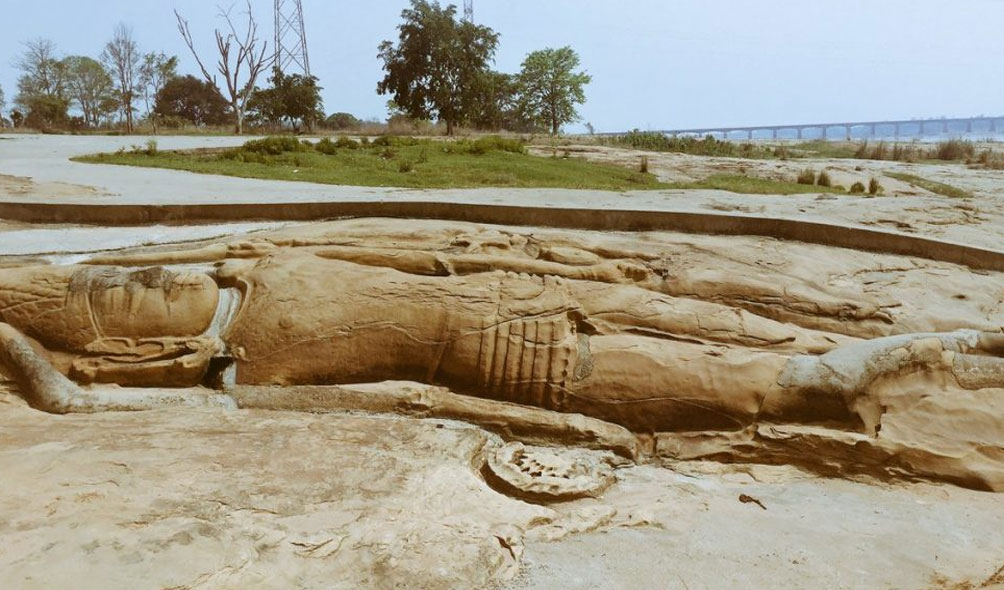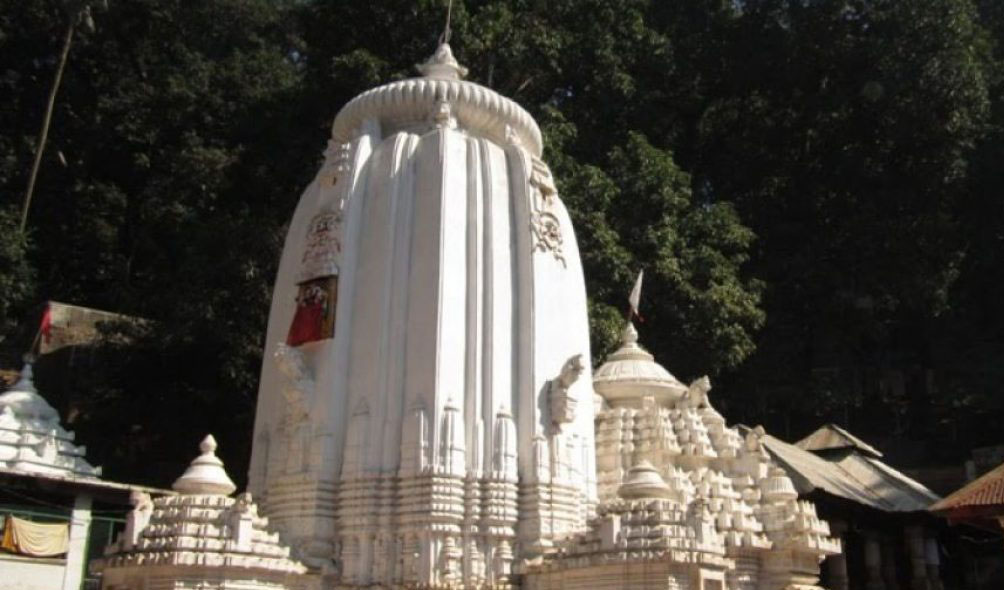About the district
Dhenkanal District, centrally located on the Geo-Political map of Odisha, showcases a perfect blend of natural beauty and cultural richness. The district is surrounded by lush forests and abundant wildlife, making it a haven for wildlife enthusiasts and nature lovers. Its strategic location on the Cuttack-Sambalpur road and railway line offers convenient access to wildlife enthusiasts and nature lovers. Kendujhar district borders it in the North, while Cuttack district lies in the South, Jajpur District in the East, and Angul District in the West. Encompassing an area of 4452 Sq Km, this centrally located district is decorated with dense forests and a long range of hills. Aptly known as the "Home of Elephants and Tigers," Dhenkanal District offers visitors a plethora of attractions to explore and cherish. The district experiences a moderate climate throughout the year, with hot and humid weather in April and May, followed by cooler temperatures in December and January. The monsoon arrives in the month of June, bringing an average annual rainfall of 1421.1 mm. The fertile lands of the district yield abundant agricultural produce which includes paddy, groundnut, cashew nut, potato, mango, jackfruit, sugarcane, and a variety of vegetables. This wealth of agricultural resources is supported by the district's fertile soil and favorable climate, contributing to the prosperous agricultural economy of the area. Dhenkanal District is renowned for its vibrant fairs and festivals, providing a glimpse into its rich cultural heritage. The Gajalaxmi Puja festival is one of the most popular celebrations in the district. Spanning eleven days, this festival commences with Kumar Purnima and mesmerizes locals and tourists alike. Another prominent attraction in Dhenkanal District is the Kapilash Temple, the abode of Lord Chandra Sekhar. Thousands of devotees visit this temple to seek the divine blessings of Lord Shiva, particularly during the Maha Shiv Ratri festival when the "Jagar Yatra" procession takes place. The Dussehera festival in Kamakhyanagar holds significant cultural importance in Dhenkanal District. It showcases the district's traditional values and customs, attracting visitors to witness the grandness of this celebration. Maghamela at Joronda is yet another most famous festival of ‘Mahima Dharma’. Spanning four days, this festival commences on 'Magha Purnima,' drawing devotees from all parts of the country. The Bullock Festival of Bhuban is a unique event that highlights the bond between humans and animals. This festival features racing competitions among bullocks, with owners being awarded prizes.
History
The origin of its name is believed to be derived from a Savara chief called "Dhenka" who once ruled over the land. Unfortunately, concrete evidence documenting the prehistoric times of Dhenkanal is scarce, leaving its historical facts masked in uncertainty. Nevertheless, archeological findings and rock inscriptions shed some light on the early days of the district.
According to the Nasik rock inscription, the Sattavahana Dynasty ruled over the district during the 2nd Century A.D, followed by the Guptas in the 3rd and 4th Century A.D. The 6th and 7th Century A.D saw the rule of the Bhauma Karas, while the Sulki Dynasty ultimately took over and ruled until the 9th Century. Throughout the course of its history, the power of Dhenkanal has passed through the hands of various kings and chiefs, representing a multitude of dynasties.
Genealogically the following kings ruled over Dhenkanal.
|
1
|
Hari Singh Vidyadhar – 1530-1594 AD
|
2
|
Loknath Ray Singh Bharamarbar- 1594-1615 AD
|
|
3
|
Balabhadra Ray Singh – 1615-1641 AD
|
4
|
Nilakantha Ray Singh- 1641-1682 AD
|
|
5
|
Nrusingha Bhramarbar- 1682-1708 AD
|
6
|
KunjaBehari Bhramarbar – 1708-1728 AD
|
|
7
|
BrajaBehari Bhramarbar- 1728-1741 AD
|
8
|
Damoodar Bhramarbar-1741-1743 AD
|
|
9
|
Trilochan Singh-1743-1785 AD
|
10
|
Dayanidhi Mohindra Bahadur – 1785-1796 AD
|
|
11
|
Ramachandra Mohindra Bahadur – 1796- 1807 AD
|
12
|
Krushna Chandra Mohindra Bahadur-1807-1822 AD
|
|
13
|
Shyamchandra Mohindra Bahadur – 1822-1830 AD
|
14
|
Bhagiratha Mohindra Bahadur – 1830- 1873 AD
|
|
15
|
Pitambar Deo-1873- 1877 AD
|
16
|
Dinabandhu Mohindra Bahadur-1877-1885 AD
|
|
17
|
Surya PratapMohindra Bahadur(Minor)- 1885-1905 AD
|
|
Surya Pratap Mohindra Bahadur- 1905-1918 AD
|
|
18
|
Shankar Pratap Mohindra Bahadur-1918-1947 AD
|





